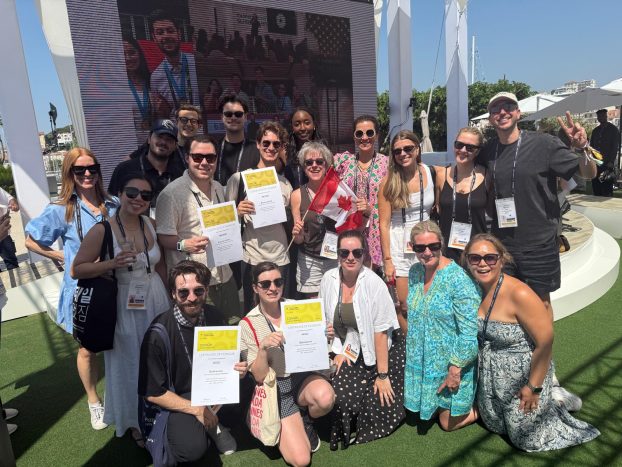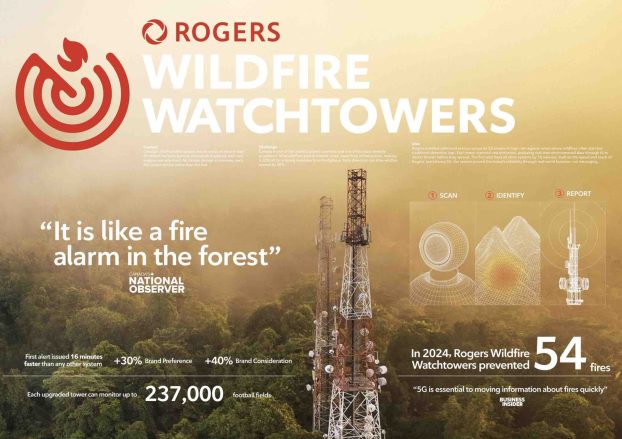Thomas Mocarsky has seen the future of audience measurement, and it is portable.
Mocarsky, vice-president of communications with Columbia, Md.-based media research firm Arbitron, says his company’s Portable People Meter will be able to gauge what people are watching and listening to even when they’re not at home.
‘The person is exposed to all kinds of media and environments,’ says Mocarsky. ‘This is giving us a lock on what the out-of-home audience is.’
Mocarsky says the technology will also allow advertisers to track a person’s media consumption habits across all broadcast media, rather than simply track the signal of a single media appliance, as current systems do.
‘TV, radio, cable, satellite, Internet – it’s measured together, it’s one sample, and all the measures are completely comparable.’
The PPM is a small, pager-sized device that relies on audio encoding of broadcast signals to track an individual’s consumption of television, radio or Internet programming.
The concept was first introduced to the Canadian marketing industry in 1992, but at the time, the PPM was thought to be too unwieldy and its battery life too short for practical consideration.
Since that time, Arbitron has fine-tuned the technology to the point where it was successfully tested in Manchester, England. The company plans a further ‘showcase’ test later this year in the U.S., Mocarsky says. The battery life of the unit has been increased to 22 hours, and that is expected to increase further, he says, thanks to the demands of the cellular and PCS phone industry.
In Canada, BBM Bureau of Measurement holds the rights to Arbitron’s PPM technology. Both BBM and competitor Nielsen Media Research currently use systems that measure all forms of television, including Web-enabled TV. But neither BBM’s Picture Matching technology, which relies on video recognition, nor Nielsen’s Tuner Probe technology, which recognizes broadcast signals, can provide information on media consumption outside the home or measure other media such as radio.
David Bray, senior vice-president of Hennessy, Bray & Reade Communications and its RadioWorks division, is a supporter of people meters and looks forward to the day when they can also measure radio audiences.
He says the current system, whereby respondents log their listening habits in paper diaries, is less than reliable when it comes to tracking men in the 18-24 demographic.
‘It’s strictly a factor of that particular segment not filling in ballots. There always been lower compliance,’ he says.
BBM remains committed to its Picture Matching technology, but Ron Bremner, vice-president of television for BBM, says the system is flexible and can easily be augmented by newer technology.
At Nielsen Media Research, Mike Leahy, group vice-president sales and marketing, says his company has a project underway to develop systems that will measure across media. But whether the resulting technology will be portable is too early to say.
‘We firmly believe that there will be some instances where broadcasters will not encode, and instances where the code doesn’t survive compression. If there’s no code to pick up, you need a back up,’ says Leahy.
‘Our focus is to make sure you don’t lose any data. The portability of it – that’s something for the future.’
* * *
Meanwhile, BBM has signed multi-year deals with a number of broadcasters and agencies in support of the national rollout of its people meter service this fall.
All Canadian conventional broadcasters, with the notable exception of CBC, along with several specialty channels and ad agencies have inked five-year contracts with the tripartite organization.
BBM, which has a 500-home meter panel in Vancouver, will add 750 homes in Ontario and 365 in Quebec.




























